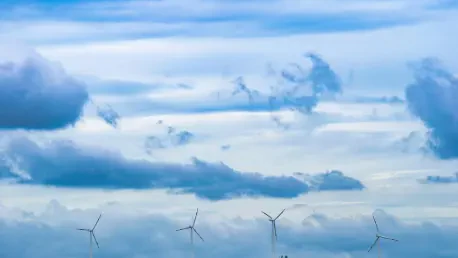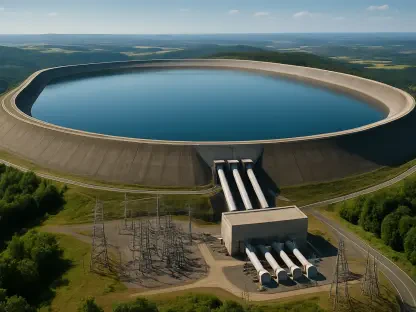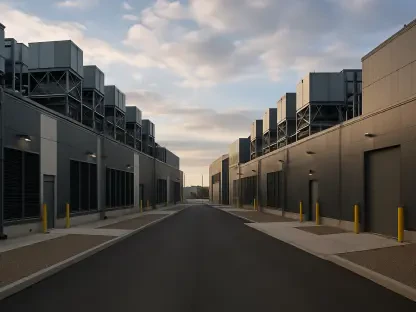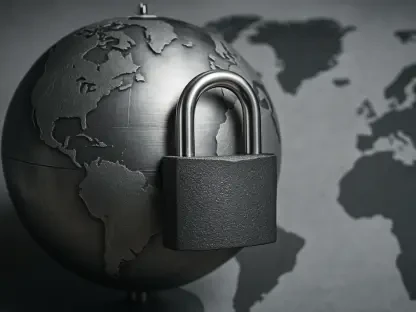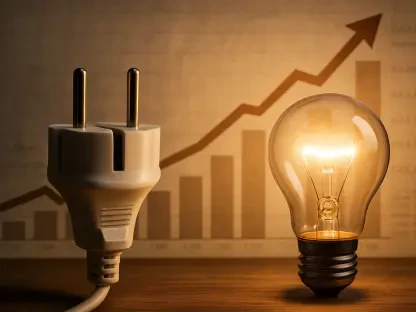In a significant policy shift, President Donald Trump signed an executive order imposing stricter controls over wind and solar energy projects, directing attention to a major facet of his administration’s energy policy strategy. This measure instructs the Secretary of the Treasury to develop guidelines ensuring that projects do not sidestep the updated ‘beginning of construction’ rules associated with key tax credits such as 45Y and 48E. These changes stem from budget legislation enacted on July 4, reshaping eligibility criteria and forming part of President Trump’s accord with the Freedom Caucus. This alliance seeks to reduce federal subsidies for renewable energies in return for crucial legislative support, effectively influencing the trajectory of United States energy policy and investment landscape.
Political and Economic Impact
The renewed executive order reflects a broad-based political maneuver aimed at recalibrating federal engagement with renewable energy subsidies, potentially resulting in diminished capital for U.S. electricity and clean fuels production. Analysts project a substantial dip in investment over the ensuing ten years, with reductions approaching $500 billion as industries adjust to the altered policy framework. Central to these discussions are the new construction and operational benchmarks, specifically the requirement for construction to begin within a year of the law’s enactment and completion by 2027. These stipulations compel developers to reassess timelines and explore feasible paths amid market uncertainties.
Industry stakeholders express significant concern about the feasibility of these stringent deadlines, pointing to challenges such as regulatory bottlenecks and potential litigations that could hamper timely progress. Prominent voices in the sector, including Harry Godfrey, stress the difficulty developers face in securing financial backing under these new conditions. They argue that the measures may stifle ambitious projects that are critical for advancing the United States’ clean energy transition. Still, despite immediate challenges, some experts suggest that emerging technologies and long-term benefits offer a silver lining, with aspects of this legislation nurturing innovation in storage solutions and new clean energy technologies.
Industry Reactions and Future Outlook
The recent policy changes also draw attention to existing incentives within the renewable sector, demonstrating a cautious balance between cutting immediate subsidies and fostering emerging clean technologies. Retained tax credits related to advanced manufacturing hint at a potential resilience among specific industries, yet these incentives are entangled within complex Foreign Entity of Concern (FEOC) regulations. This regulation complexity underscores the uncertainty within the current policy landscape, which may have a polarizing effect on investment patterns across different segments of clean energy.
Despite these complexities, there remains a strategic push to rejuvenate American industries through supply-side policies that aim to strengthen local supply chains. The market for transferable tax credits connected with diverse clean energy sources is expected to remain strong, which could mitigate adverse impacts in some areas of the sector. While the executive order undeniably introduces additional hurdles for wind and solar projects, the sustained emphasis on localizing production and refining supply chains underscores the multifaceted dynamics at play within U.S. energy policy.
Conclusion: Navigating a Complex Transition
The revised executive order represents a strategic political effort to adjust federal involvement with renewable energy subsidies. This move could lead to a significant reduction in funding for U.S. electricity and clean fuels over the next decade, with estimated investment decreases nearing $500 billion as industries adapt. Key changes include new requirements for project construction to start within a year of the law’s enactment and to be completed by 2027. These benchmarks force developers to rethink timelines and navigate through market uncertainties.
Industry experts express major concerns regarding these stringent deadlines, citing hurdles like regulatory delays and potential legal battles that could obstruct progress. Influential figures in the sector, such as Harry Godfrey, highlight challenges in obtaining financial support under these conditions. They warn that these measures might hinder ambitious projects crucial for advancing the U.S. clean energy shift. Still, despite immediate difficulties, some experts see potential for innovation, with emerging technologies and long-term benefits offering hope for improvements in energy storage and clean energy solutions.
